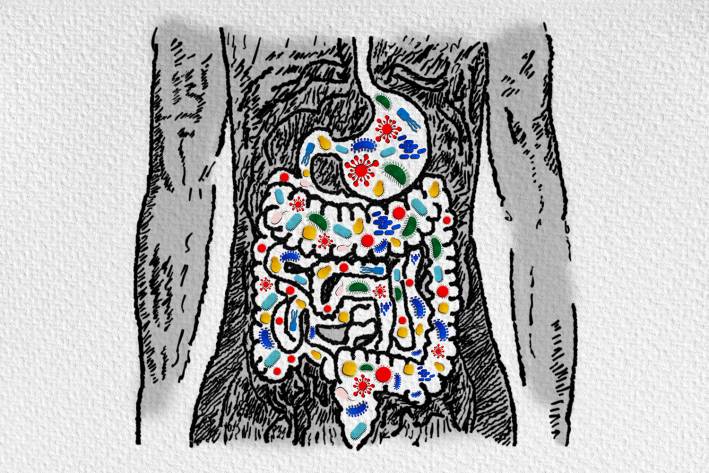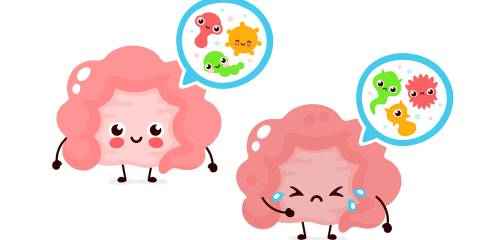A clean house is a happy house. Studies have shown that people with clean houses are happier and healthier than individuals with messy houses. However, when people think about keeping a clean house, they often overlook the importance of keeping their internal environment clean and healthy.
The gastrointestinal tract is a key regulator of human health, but unfortunately, most Americans get poor grades when it comes to the health of their intestinal tracts. To explain why this problem is so widespread, we’ll discuss the gut microbiome, how it functions, and what people need to do to create and maintain a healthy gut microbiome ecosystem. The gut microbiome refers to the community of microorganisms in the gastrointestinal tract.
Approximately 100 trillion bacteria reside in the human gastrointestinal tract. A healthy microbiome contains predominantly (85 to 90 percent) beneficial bacteria, which are called probiotics. Everyone harbors some bad bacteria, but when they exist only in small numbers, they don’t cause problems. Your probiotic bacteria are living organisms; for them to survive and thrive, you need to feed them well.
The Malnourished Microbiome
The food you eat does not just nourish you, it also nourishes your 100 trillion bacteria. The most important factors that regulate the health of your microbiome are what you eat and what you don’t eat.
There are two primary food groups for your probiotic bacteria, dietary fibers and polyphenols. Dietary fibers and polyphenols occur primarily in unprocessed plant-based foods. However, studies report that 90 to 95 percent of American children and adults do not consume the recommended daily amount of these nutrients.
When the microbiome is malnourished, it enables pathogens to grow and proliferate. This often results in a condition known as dysbiosis, which results in intestinal symptoms such as gas, pain, bloating, inflammation, and diarrhea and/or constipation. Dysbiosis can also lead to a condition called intestinal permeability, or leaky gut, which increases the risk of many other health problems.
Postbiotic Metabolites
Probiotic bacteria were a mystery for a long time because no one knew their mechanism of action; we didn’t know how they imparted health benefits to their host. That mystery is currently being solved, and the answer involves fermentation and postbiotic metabolites.
The process of digesting (breaking down) food and absorbing nutrients takes place primarily in the stomach and small intestine. However, the food we eat also contains many compounds that are indigestible.
Two of the largest and most important categories of indigestible food components are dietary fibers and polyphenols. These compounds are the primary foods for probiotic bacteria. More than 99.9 percent of the bacteria in the human digestive tract reside in the colon.
When the indigestible dietary fibers and polyphenols arrive in the colon, the colonic probiotic bacteria begin fermenting those compounds, converting them into substances we call postbiotic metabolites.
Postbiotic Metabolites: The New Frontier in Microbiome Science
Many aspects of human health are regulated by postbiotic metabolites. An increasing number of scientific studies bear this out. Postbiotic metabolites influence and regulate every organ system, including the brain and the immune system.
Some of the benefits of various types of postbiotic metabolites include anti-inflammatory activity, regulating the acid/base balance in the GI tract, suppressing the growth of pathogens, regulating digestion and absorption of nutrients, detoxification, regulating the immune system, gut-brain communication, and more. Dr. Emran Meyer wrote in his book The Mind-Gut Connection that we may eventually learn that bacteria produce “hundreds of thousands of metabolites.”
This is why postbiotic metabolites are the new frontier in microbiome research.






